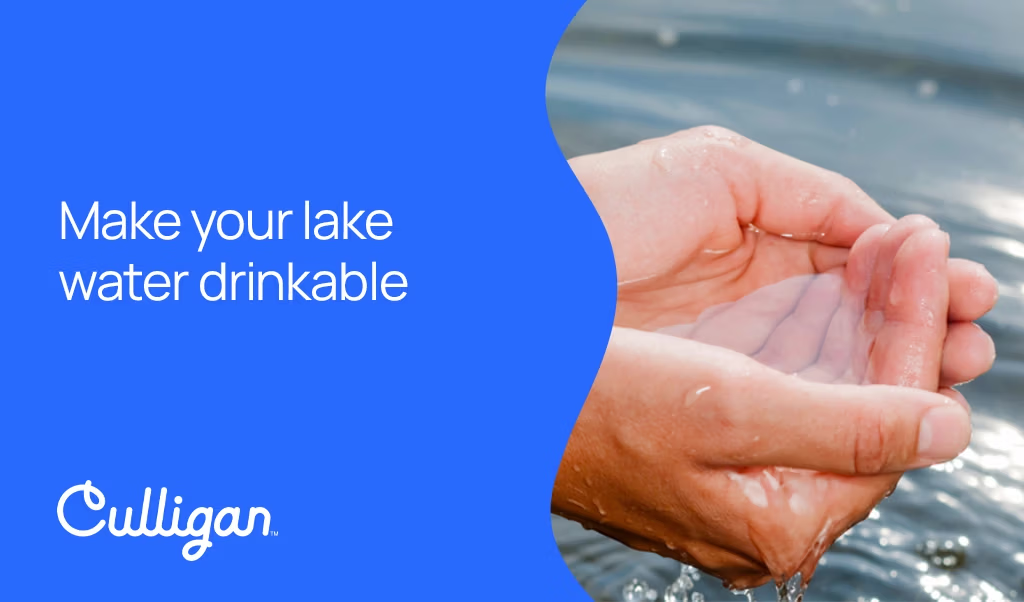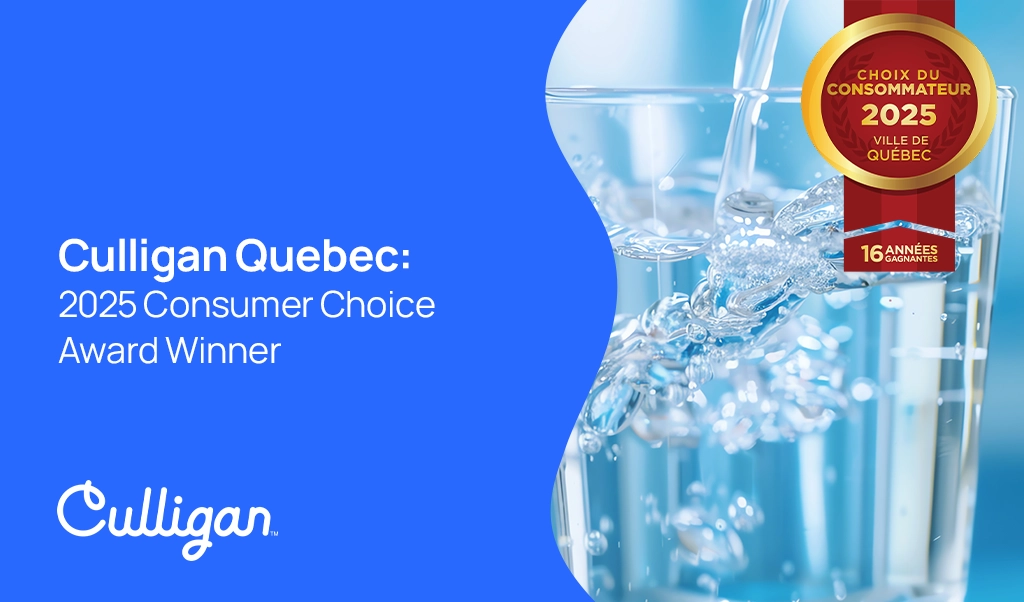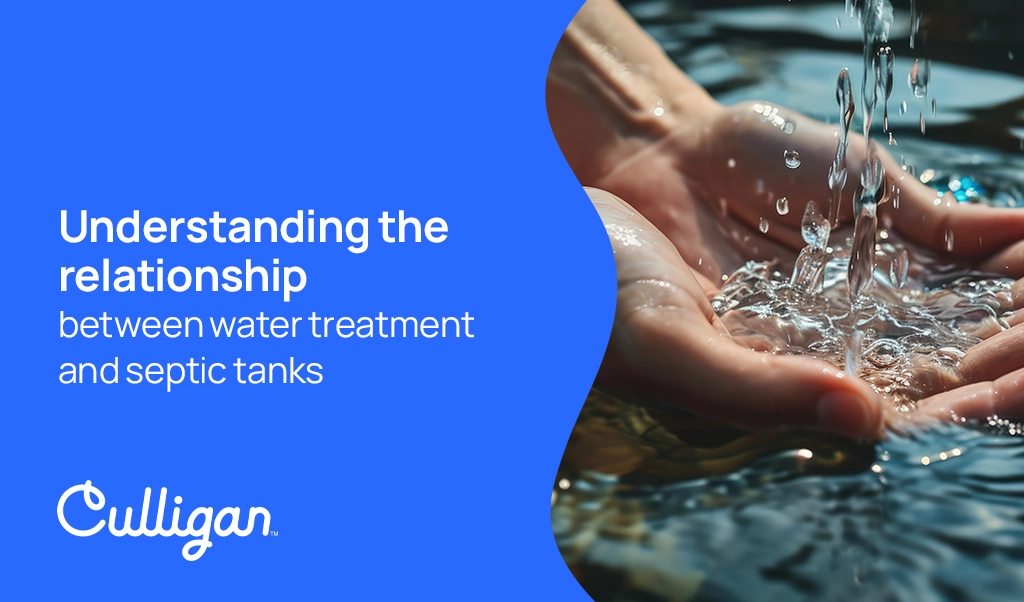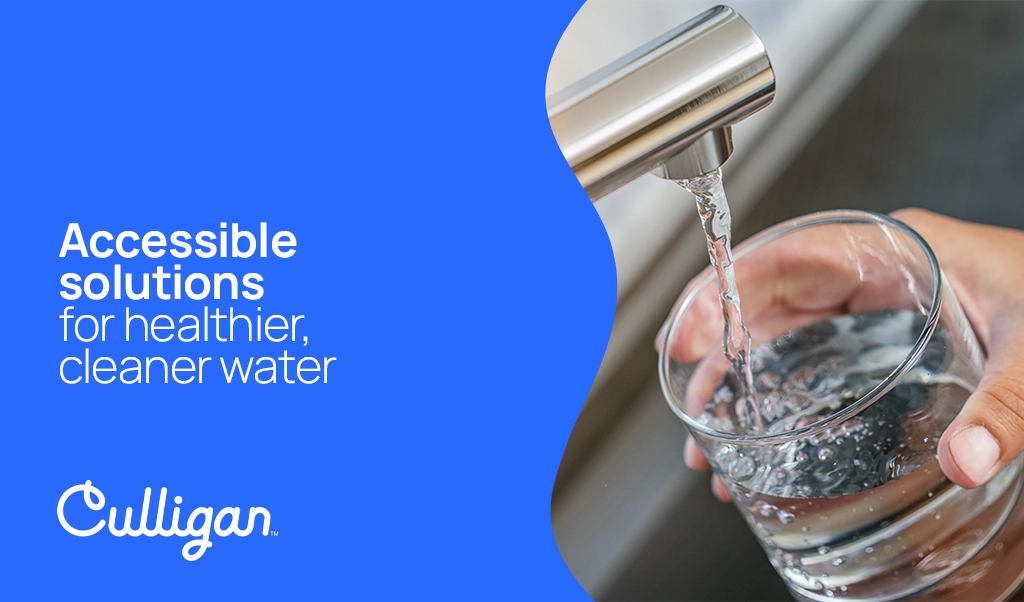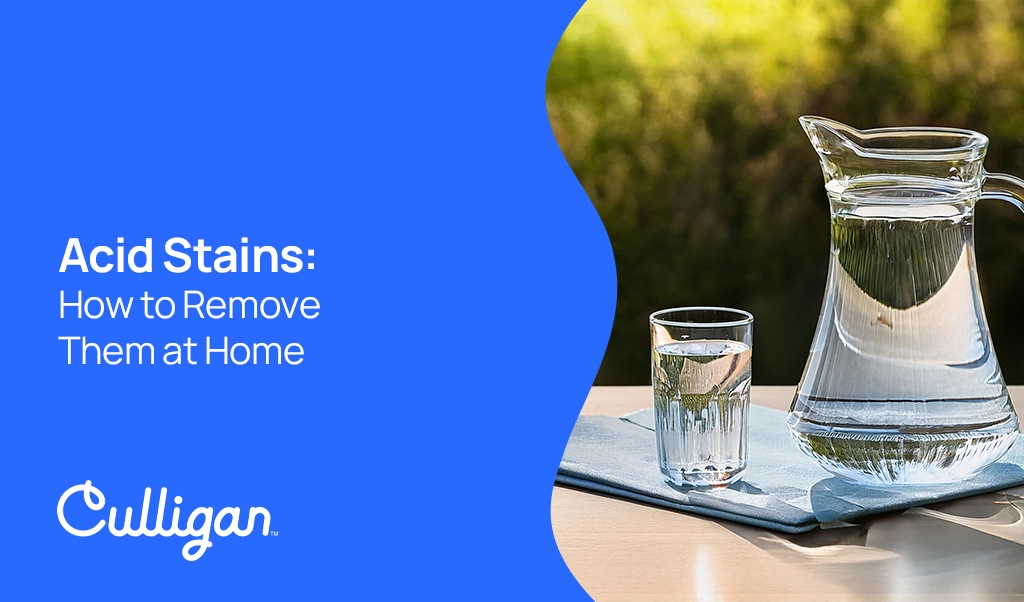Is your lake water safe?
In Quebec, a land of lakes and natural beauty, water quality can vary greatly. Influenced by human activity and environmental conditions, untreated lake water can pose health risks. This practical guide reveals effective methods to treat and secure this precious resource. Learn how and why you should transform lake water into a safe, drinkable resource, ensuring water quality that meets your needs and safeguards your daily well-being.
Why is it crucial to purify lake water?
Lake water, often used for swimming, fishing, and even as a potable source, may contain various contaminants that threaten both human health and the environment:
- Physical contaminants: Sediments and suspended matter can make the water turbid.
- Chemical contaminants: Pesticides, heavy metals, and industrial residues can be toxic.
- Biological contaminants: Bacteria, viruses, parasites, and algae can cause diseases.
These elements not only endanger human health but also disrupt aquatic ecosystems, necessitating intervention to maintain ecological balance.
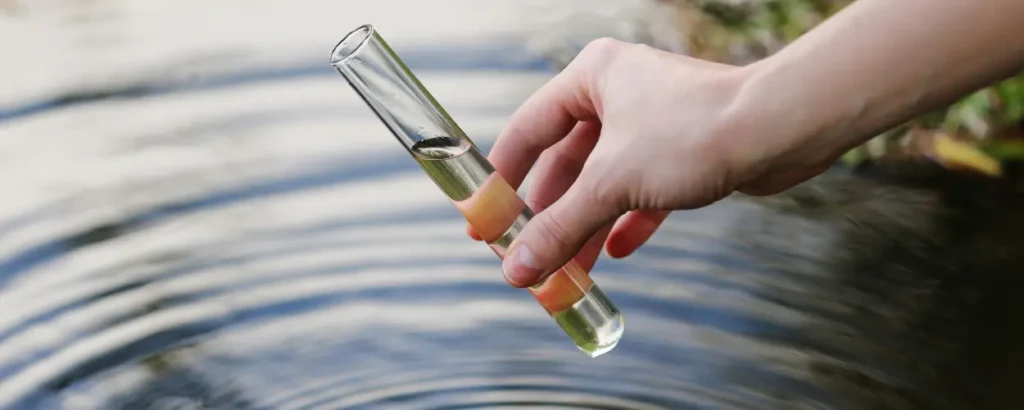
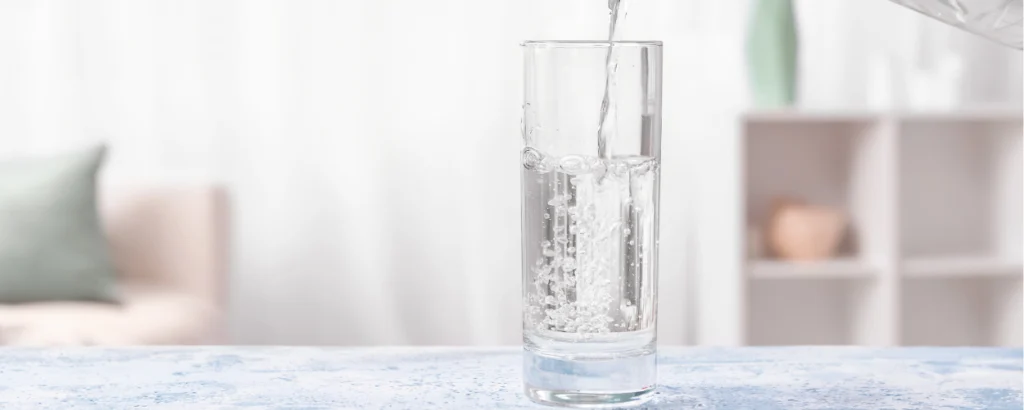
How to purify lake water
1. Mechanical filtration
Install high-capacity sediment filters to capture suspended particles. This essential step clears the water of visible impurities, paving the way for more advanced treatment techniques like activated carbon or reverse osmosis. Mechanical filtration is often the first barrier in municipal water systems, ensuring a smoother transition to further purification processes.
2. Activated carbon filtration
Activated carbon filters remove organic and chemical contaminants, improving taste and neutralizing odors. This method effectively targets harmful substances like pesticides, making water safer and more pleasant to consume. Frequently used in both residential and industrial settings, it’s essential for ensuring high-quality drinking water.
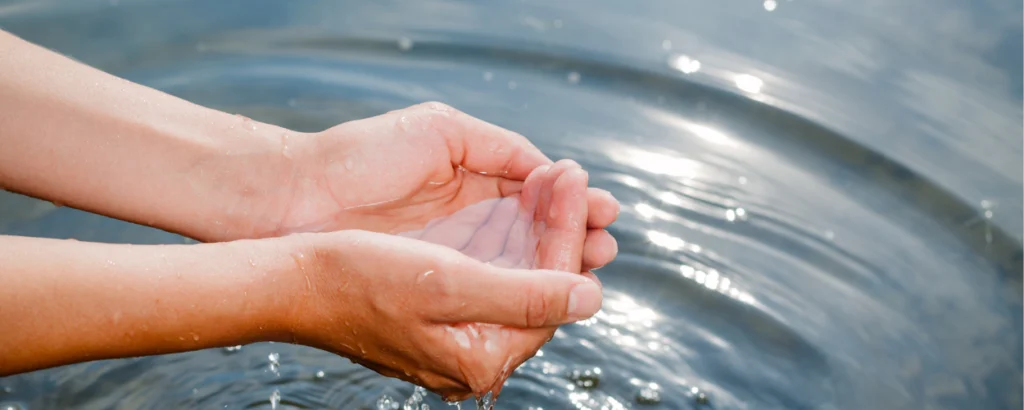
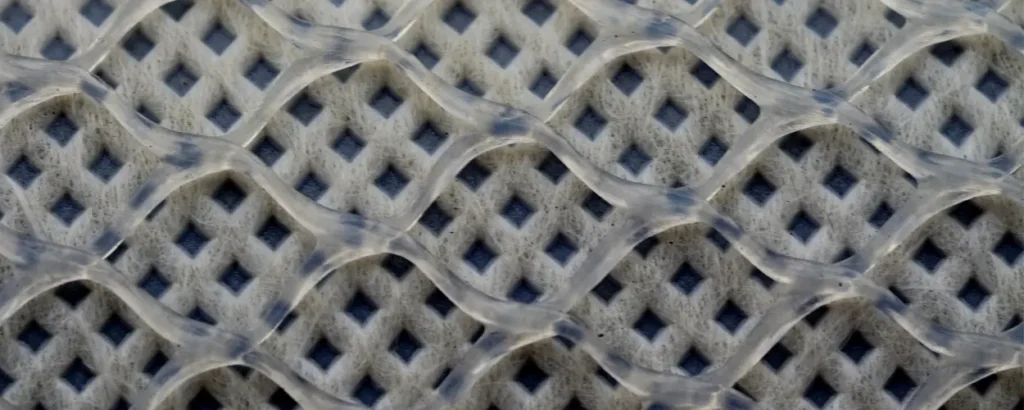
3. Reverse osmosis (RO)
RO technology purifies water on a molecular level, removing dissolved pollutants such as heavy metals and nitrates. These contaminants are common in agricultural areas of Quebec. By delivering exceptionally pure water, RO systems are vital in protecting the health of communities affected by intensive farming.
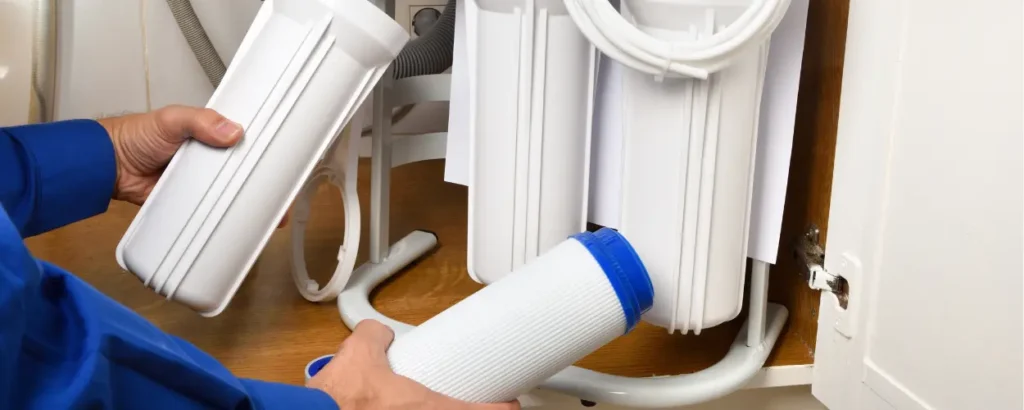
4. UV treatment
Ultraviolet (UV) exposure deactivates pathogens without the need for added chemicals. Widely used in municipal treatment plants, this clean, efficient method neutralizes viruses and bacteria rapidly, preserving the water’s purity without leaving harmful residues.
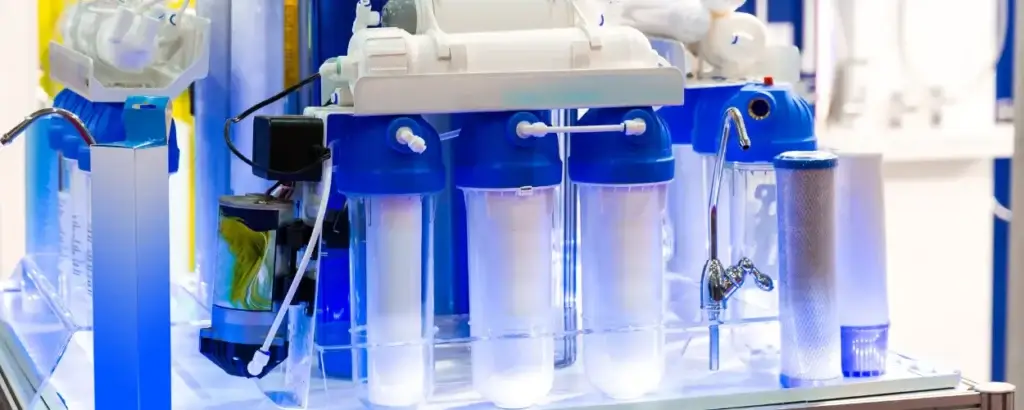
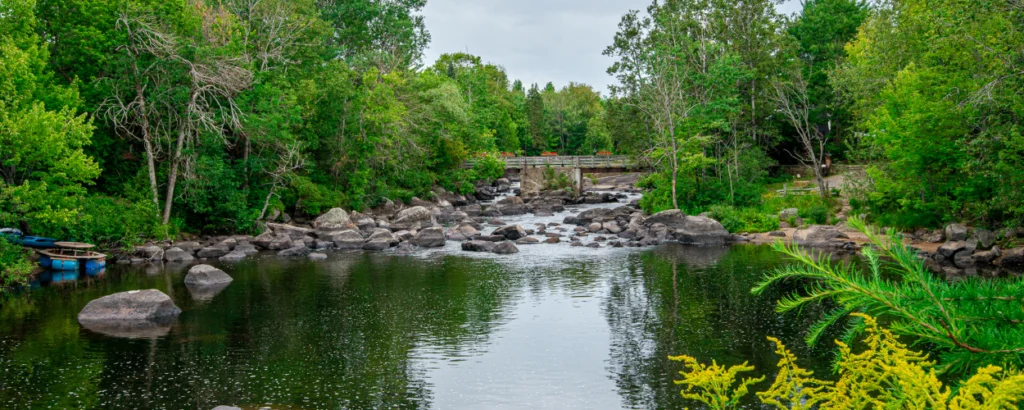
5. Water softening
If lake water is hard, using a water softener can help reduce calcium and magnesium content, preventing scale buildup in pipes and appliances. Softening enhances the effectiveness of other purification methods and prolongs the life of household systems.
The dangers of untreated lake water
Consuming or coming into contact with untreated lake water can lead to various health problems:
- Infectious diseases: Bacteria and viruses can cause gastroenteritis, hepatitis A, and typhoid fever.
- Skin issues: Parasites and algae may trigger conditions like dermatitis or skin irritation.
- Toxic exposure: Harmful algae blooms and dissolved heavy metals can cause chronic health problems.
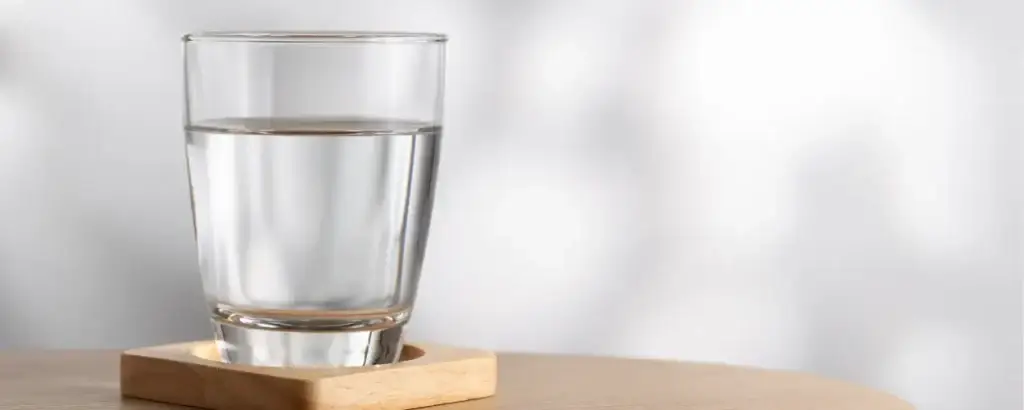
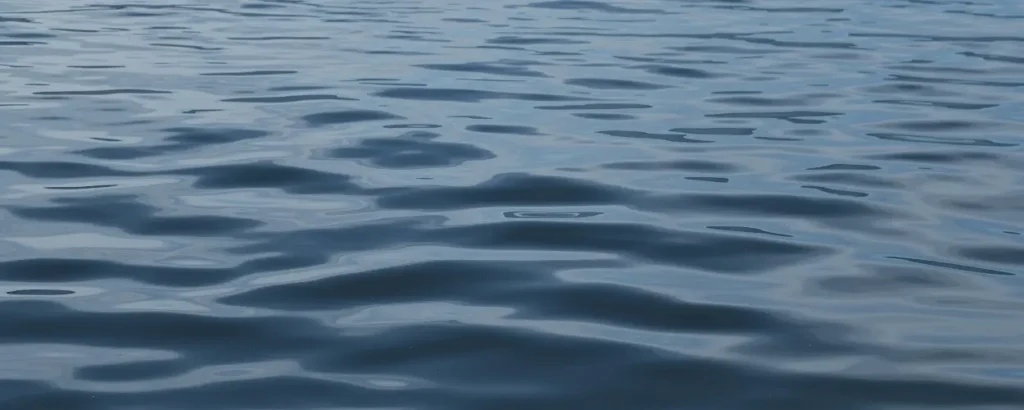
The dangers of untreated lake water
Drinking or even touching untreated lake water can be risky for health. Infectious diseases such as gastroenteritis, hepatitis A, and typhoid fever can be spread through invisible bacteria and viruses. These pathogens are often found in inadequately protected waters.
Lake water: A dermatological risk?
Additionally, dermatological issues are not uncommon. Dermatitis and other skin irritations can arise from contact with parasites and algae. These often overlooked organisms can turn a simple swim into a risk for the skin.
Lake water: Beautiful but dangerous?
Poisoning represents another significant hazard. Some algae produce toxins that are dangerous to the human body. Additionally, exposure to heavy metals dissolved in the water can lead to chronic health problems. These toxic substances, silently accumulating in lake waters, threaten not only individual health but also the surrounding ecosystem.
Given these risks, it is essential to assess and treat lake water before any use. Modern water purification methods can effectively eliminate these dangers, ensuring safe water for all.
Recognizing problematic lake water
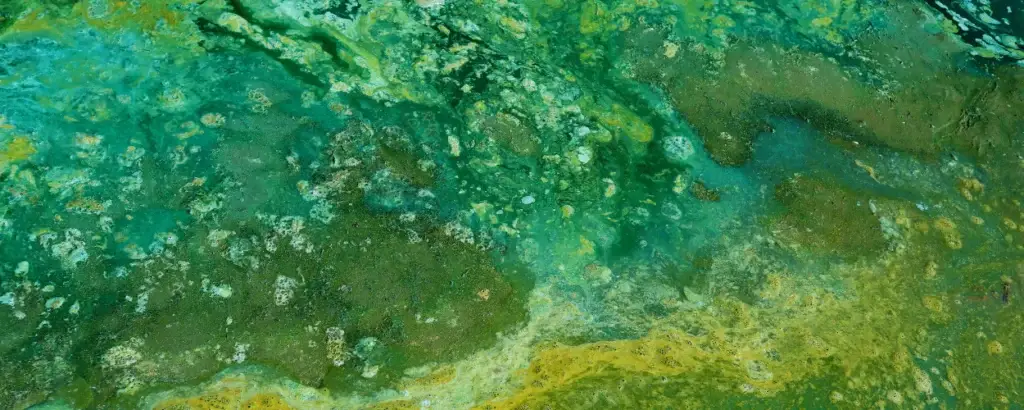
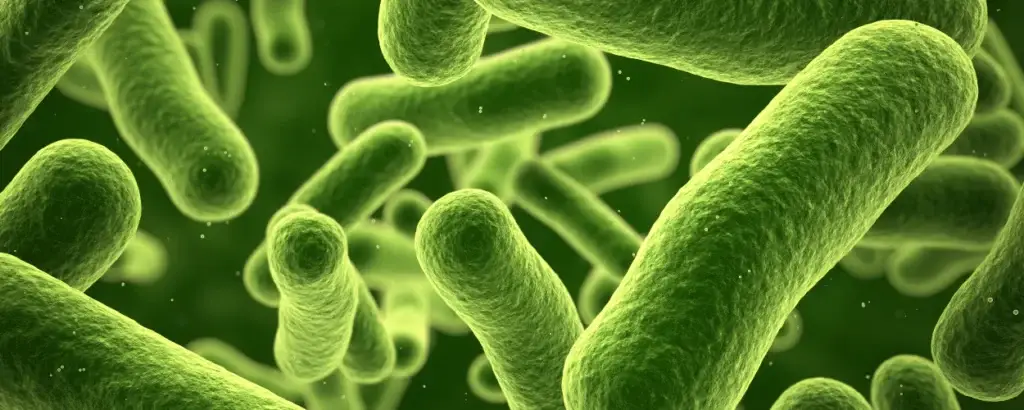
Be alert to the following warning signs:
- Algal blooms: High nutrient levels can lead to harmful algal blooms with unusual colors or a “pea soup” consistency.
- Excessive turbidity: Cloudy water may indicate the presence of sediment or microorganisms.
- Unusual odors: Musty, sulfuric, or rotten-egg smells suggest contamination.

Signs of untreated lake water requiring attention:
- Cyanobacteria: Also known as blue-green algae, these blooms may form scum or clusters and emit a grassy or decaying odor.
- Health symptoms: Nausea, vomiting, diarrhea, headaches, and skin irritation after contact may indicate water contamination.
- Impact on wildlife: Animals showing signs of poisoning after water exposure signal dangerous toxicity levels.
- Presence of waste: Debris like tampons, condoms, or syringes could indicate untreated sewage pollution.

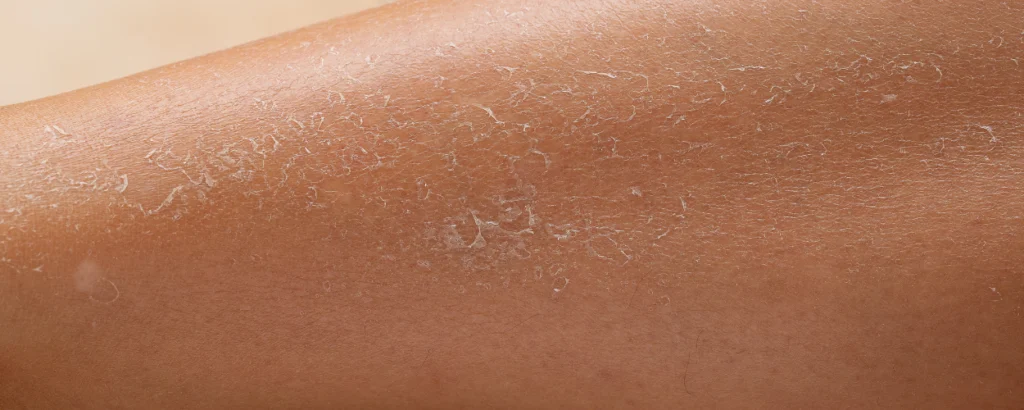
Transform lake water into a safe resource
Purifying lake water is essential for anyone who relies on this resource in Quebec. With modern water treatment technologies, you can safely turn lake water into a dependable source for drinking and household use. Take action to protect your health and environment. Contact Culligan today to ensure the safety and quality of your water.


